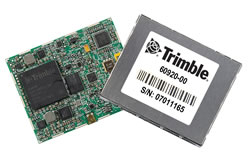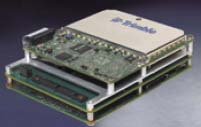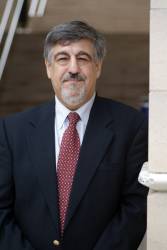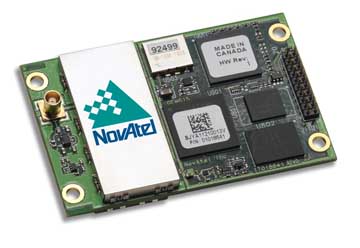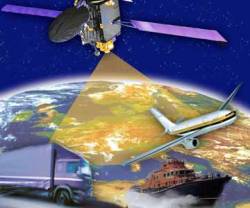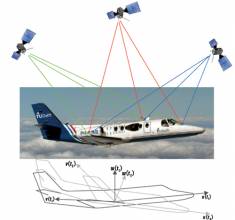Telematics@China Conference

The 2011 Telematics@China conference and exhibition will be held at the Shanghai Marriott Hotel City Centre in Shanghai, China from Wednesday through Friday, December 7-9.
The annual event, which began in 2008, is sponsored by the Automotive Engineers of China (SAE-China) and supported by a number of government departments. The conference will feature 90 speakers from all sectors of the telematics industry. Organizers expect 1,000 attendees from China and the rest of the world.
By Inside GNSS

